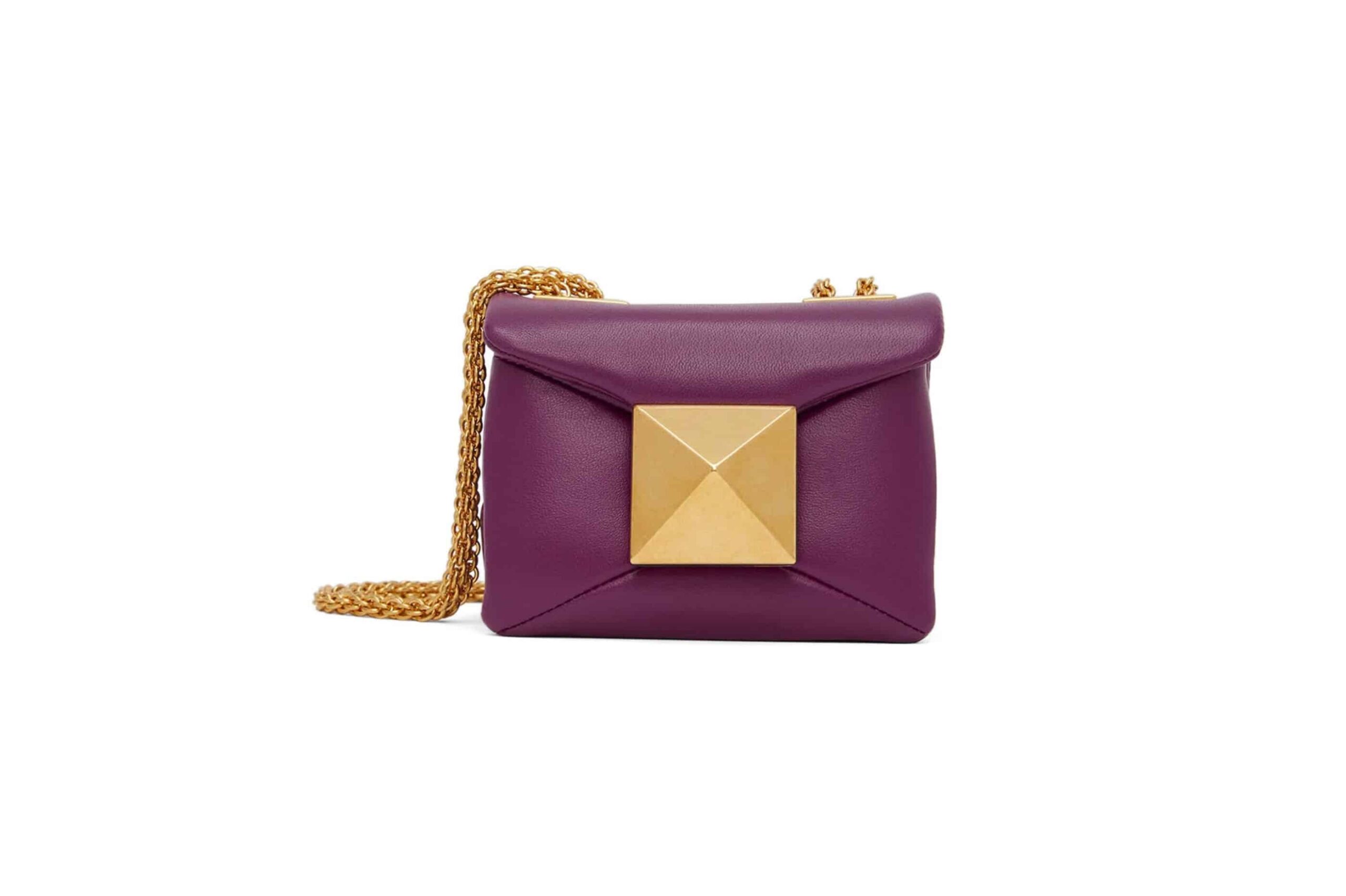The luxury goods market has always been synonymous with exclusivity, craftsmanship, and prestige. However, the proliferation of replica bags poses a significant challenge to luxury brands, impacting their identity, market positioning, and consumer perception. Replica bags, often produced with inferior materials and craftsmanship, mimic the aesthetics of high-end designer bags but are available at a fraction of the price. This accessibility appeals to a broad consumer base, particularly younger demographics who may aspire to the luxury lifestyle but cannot afford the exorbitant price tags. As a result, the presence of these replicas raises questions about the authenticity and value of original luxury products. One of the most profound impacts of replica bags on luxury brands is the erosion of brand exclusivity. Luxury brands rely heavily on their status as symbols of wealth and social standing. When replicas flood the market, they dilute the perceived value of the authentic items. This perception threatens the luxury brand’s ability to maintain its allure and desirability.

Moreover, the rise of replica bags creates a complex relationship between luxury brands and their consumers. While some consumers may view purchasing replicas as a way to express their personal style without the financial burden, others see it as a challenge to the integrity of luxury brands. Many luxury brands have responded by increasing their focus on marketing and storytelling, emphasizing their heritage, craftsmanship, and the unique experiences associated with owning an original piece. By highlighting these aspects, luxury brands aim to reinforce their value proposition and differentiate themselves from replicas. However, this strategy requires a delicate balance; overly aggressive marketing could alienate consumers who genuinely appreciate the brand but are unable to afford its products. Legal action is another avenue luxury brand pursue to combat the impact of replicas. Many high-end brands have invested significantly in anti-counterfeiting measures, including legal proceedings against manufacturers and sellers of replica goods. These efforts aim to protect their intellectual property and maintain their reputation.
However, enforcing these measures can be challenging, particularly in the age of e-commerce and global trade, where replica goods can be produced and distributed rapidly across borders. The digital landscape has made it easier for counterfeiters to thrive, further complicating luxury brands’ efforts to safeguard their identities. The consumer’s perspective on Designer Replica Bags also plays a critical role in the dynamic between luxury brands and counterfeit products. Some consumers actively choose replicas as a form of rebellion against the traditional luxury market, which they perceive as elitist and exclusionary. This mindset reflects a broader societal shift towards accessibility and democratization of fashion. As consumers become more informed about the sustainability issues surrounding the fashion industry, some may view replicas as a more ethical choice, challenging the environmental impact of fast fashion and luxury consumption. In conclusion, the impact of replica bags on luxury brands is multifaceted, encompassing issues of brand identity, exclusivity, legal challenges, and shifting consumer attitudes.
